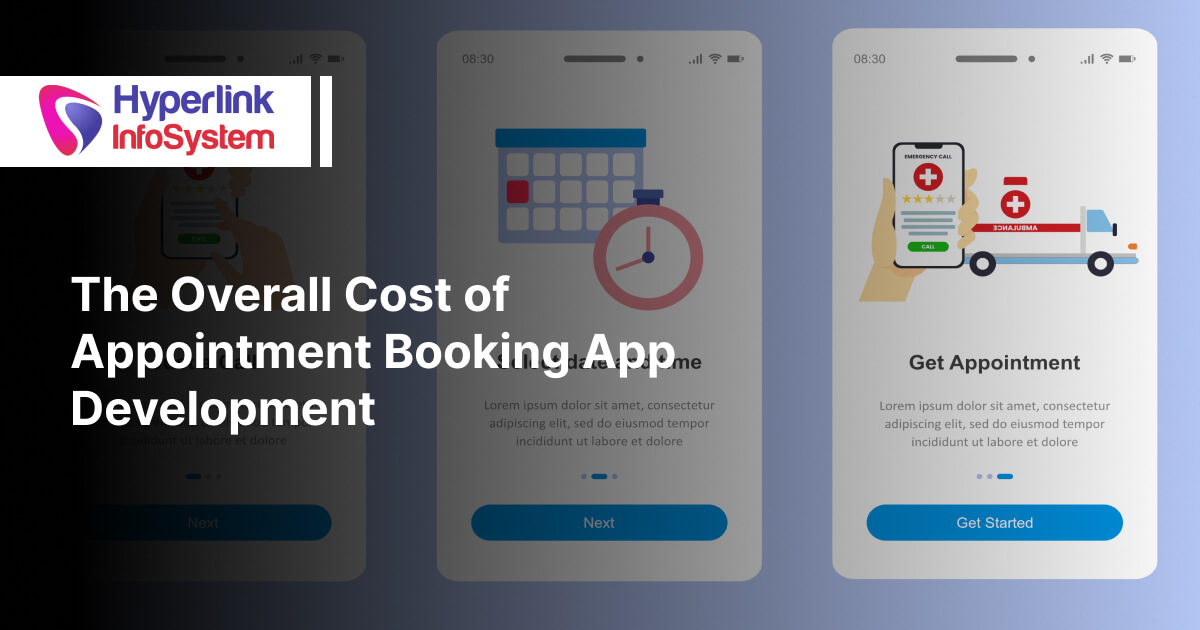The implementation of CRM solutions in the company does not only consist of installing ad hoc software, but in modifying the organization of the company as a whole.
The business world is changing mainly as a result of the integration of new technologies in the relationships between companies and customers. The competition to gain the trust of clients is highly increasing and customers easily change from one provider to another. The criteria for selecting clients are mainly financial and the response capacity of the company, but also purely emotional (need for recognition, listening, etc.). In an increasingly competitive world, companies that want to increase their profits therefore have several alternatives:
- Increase the margin for each client.
- Increase the number of customers.
- Extend the customer life cycle, that is, customer loyalty.
New technologies allow companies to better understand their customers and gain their loyalty through relevant information in such a way that they can better gauge their needs and thus effectively satisfy them.
Turning a customer into a loyal customer has been found to be five times less expensive than attracting new customers. For this reason, a large number of companies design their strategies focused on services for their clients.
What Customer Relationship Management Solution Does For Businesses
The CRM (Customer Relationship Management) business management software appears in the context of relationship marketing, endowing customers with an individualized character unknown until now. This new way of managing customer service gives the company that uses the CRM management program added value in every way. In other words, it not only enhances customer-company feedback, but it is also capable of identifying potential customers, thus optimizing long-term sales strategies. Something that is achieved by prioritizing the following aspects:
- Customize the services provided
- Improve and enhance interaction channels
- Reward customer loyalty
- Reduce costs in future campaigns
- Increase sales
CRM is a necessary solution for any company that considers that quality is better than quantity. Because it is not necessary to meet a problem head-on to try to fix it. Anticipating is possible with CRM software, since you will make customers feel special every time they inquire about your company. Moreover, they will become an active part of a community - your community - where there is no doubt that constant synergies will develop that will make this relationship something productive for both of you. If the customers are comfortable with your relationship with them, they will interact with you frequently and it will eventually become a habit worthy of being shared with others.
And it is with the CRM solution that you will not only be able to retain those intermittent visits that end up being lost among the immensity of online solutions, but you will also be able to enhance the aspects of your company that attract them the most and - without a doubt - they will continue to attract them to you in the future. Hyperlink InfoSystem can assist your business with excellent customer relationship management solutions that will help you retain existing customers and attract new ones.
Integration of CRM to The Company
The implementation of CRM solutions in the company does not only consist of installing ad hoc software, but in modifying the organization of the company as a whole, which requires the implementation of a behavior change project. In fact, the implementation of a CRM strategy demands structural, competitive and behavioral changes.
Features of The CRM That You Must Take Into Account To Choose The Best Solution
Create different types of user to access the necessary customer data. That is, provide the right information, to the right people, at the right time. To be a truly customer-oriented company, all employees who interact with them must have access to relevant information that they have on file. Therefore, a CRM software must offer the possibility of creating different types of user and ways of interacting with said data. In this way, each of the employees and commercial teams will see the relevant information for their job, which will simplify their tasks significantly and achieve the customization they need at all times.
Optimize payment processes. There are many programs that help sales teams close sales, but they do not allow you to track customer payments. A good CRM should not focus solely on managing sales opportunities, but should also allow managing the payment process as part of the customer life cycle. These systems must make it possible to keep track of the expected dates for each payment through transparent connections and the optimization of workflows, as well as the status of the payment, whether received or pending. Likewise, this program must send notices to both customers and employees when there are pending payments.
Offer a complete view of the customer. A CRM is a tool that manages all the activities of an organization in order to attract customers. Therefore, this system must provide information about the evolution of the relationship with each client and the status of the sales process, to contribute to the successful execution of said transaction. A CRM should allow for on-demand data entry to track sales and provide comprehensive analysis of customer tastes and needs to get a global view of them.
Align sales and marketing actions. The marketing department can carry out a wide variety of commercial actions to help the sales team in achieving its objectives. However, if the sales teams are not clear about what they should share with the leads (depending on what they buy, what product they are interested in, etc.), many sales possibilities can be lost. Therefore, a CRM must align marketing and sales activities to distribute the right content to the sales department and maximize the sales force.
Follow the customer's purchase cycle. This solution should allow the activity of the leads to be tracked using automation tools, or by detecting the stage of the purchase process in which the potential customer is and propelling it to the next phase. In this way, the salespeople will not feel like mere salespeople, but like someone who accompanies the customer in the purchase process.
 +1 309 791 4105
+1 309 791 4105















































 +91 8000 161161
+91 8000 161161
